Alaskan fishing
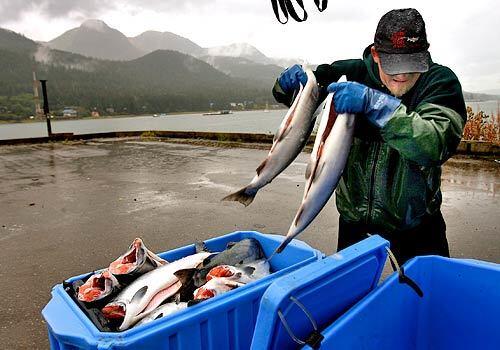
Juneau-based fisherman Kirk Hardcastle packs salmon on ice after catching them near the mouth of the Taku River in Southeast Alaska. Sold under the family label, Taku River Reds, these fish are flown to restaurants throughout the lower 48 states. (Rick Loomis / LAT)
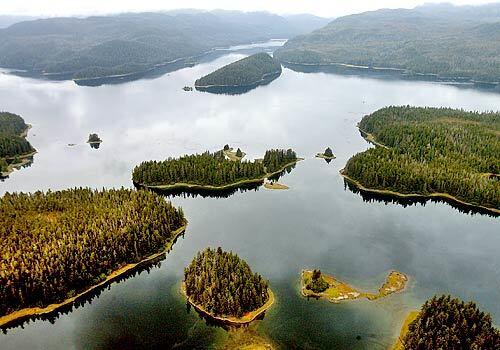
The sheltered inlets and fjords near Sitka, Alaska, have seen record catches of salmon in recent years. Alaska’s Department of Fish and Game has limited the number of fishermen and is quick to shut down fishing grounds at the earliest indication of dropping stocks. (Rick Loomis / LAT)
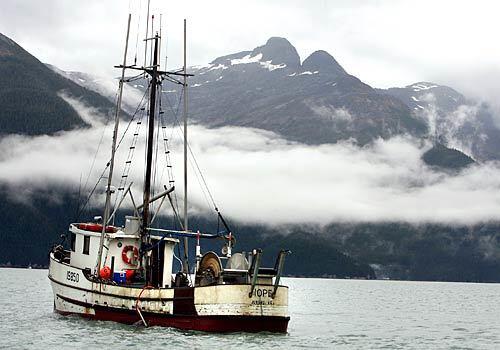
Tom Brayton’s fishing boat works the waters near Juneau, Alaska. Salmon fishermen cooperative with state biologists to make sure enough fish escape their nets so they can reproduce and replenish stocks for future years. (Rick Loomis / LAT)
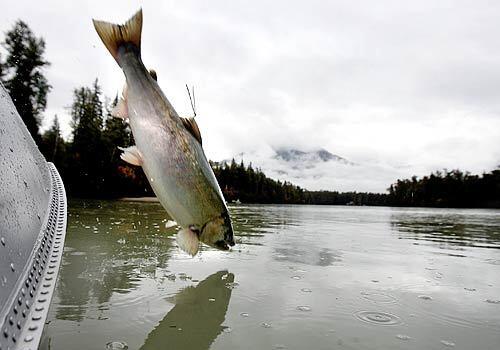
A coho salmon is tossed back into the Taku River after fish counters measured its length, scraped scales to calculate its age and threaded a tag through its dorsal fin. It’s all part of the state’s extensive surveillance of salmon returning upriver to spawn in the place of their birth. (Rick Loomis / LAT)
Advertisement
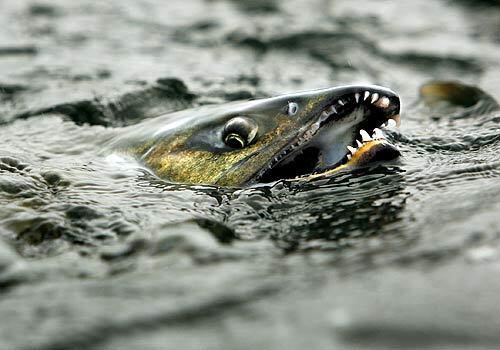
A chum salmon crowds with its cousins on their way upstream to spawn. Salmon can “smell” the water of their birth, navigating the oceans to return to the site of their birth and complete their life-cycle before dying. This particular salmon came from a hatchery near Sitka, Alaska. (Rick Loomis / LAT)
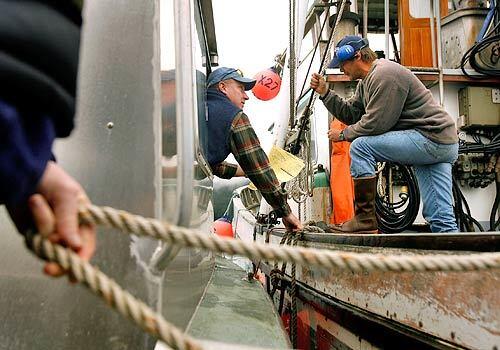
Kevin Monagle, an Alaskan Fish and Game biologist in Juneau, quizzes fisherman Bruce Marifern about his day’s catch. Biologists make regular rounds among fishing boats to calculate when fishermen get close to the total allowable catch. (Rick Loomis / LAT)
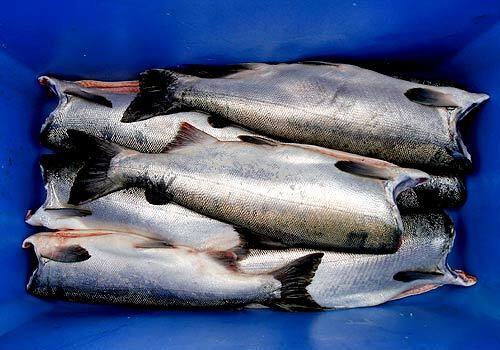
Salmon caught in a drift gill net are headed and gutted and then transported quickly to shore on their way to fresh-fish markets around the world. (Rick Loomis / LAT)
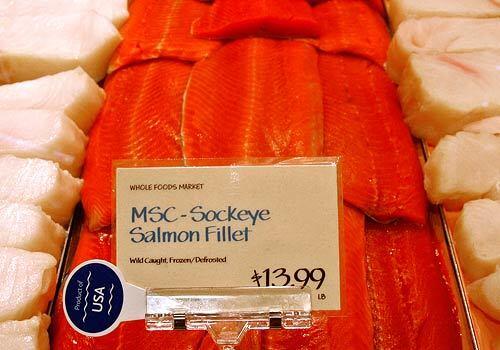
Wild Alaskan sockeye salmon carry the Marine Stewardship Council (MSC) label as sustainable caught, meaning the fish are not pulled from the sea faster than they can reproduce. Whole Foods Market, which has long carried the eco-labelled fish, will now get competition from Wal-Mart Stores Inc. (Rick Loomis / LAT)
Advertisement
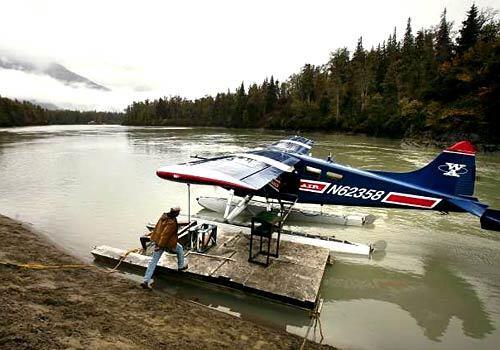
It takes a float plane for biologists to reach a remote camp on the Taku River where fish counters closely monitor fish swimming upstream. Fish tagging helps the Alaska Department of Fish and Game determine if enough fish are escaping nets to reproduce and thus replenish stocks for future years. (Rick Loomis / LAT)







